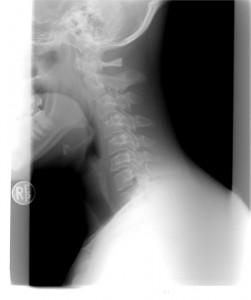Please join us for the next PEP Talk
(the seminar series of the Performance.Experience.Presence research group at Plymouth University)
What if the medical humanities learnt from the mistakes of a more established discipline? What if binary discourses of clinician to patient exchange were interrogated from within an emergent field, and what might these hierarchy-resistant strategies look like?
Drawing on our experience as performance studies academics, and working from a widespread recognition that the audience is an oft-forgotten yet fundamental element in the performer/audience exchange, this paper intends to foreground a concept we are tentatively positioning as ‘patient practices’.
This term draws upon John Fiske’s (1992) concept of ‘audiencing’, an approach used by both cultural and performance studies scholars, which understands audience engagement as sensorial, self-determined, and potentially resistant. Thus the embodied responses of the audience are given equal value to the critical / analytical, affording space for the body to know and to speak.
Patient practices involve knowledges that range from procedural, and implicit/tacit understandings, to declarative, and explicit knowledges that place experience in a grounded context. Between these two is the ‘gap’, where the patient exists on a daily, moment-to-moment basis, negotiating between these dynamic processes.
This paper strives to appreciate the relationship between the microcosm and the macrocosm, between the human body and its environment. Beginning with the ‘messiness’ (Law, 2004) of what we are positioning as ‘patient practice’, we identify tentative and competing narratives which may afford the patient a valuable space in which to generate a deeper understanding of their interaction with clinicians, and thus impact positively upon their experience.
It might appear at the outset that the principle of a self-reflective process for the patient that identifies a range of occlusions, rather than a series of ‘answers’, could present some anxieties. However, through a mindfulness of this gap, this paper hopes to offer an approach that allows space for multiplicity, fragmentation, and, where appropriate, change.


